explore the night sky

“There is so much to see at night, things that only the camera can see”
Anonymous
About me
I am retired and live in Harrogate, North Yorkshire. I live with my partner Joanna and three German Short Haired Pointers Floyd, Forrest and Fenn. I have been interested in astronomy and photography for a long time and my main interest is combining the two together. I started off by doing deep sky photography of galaxies, nebulae and star clusters with a telescope, specialised cameras, filters and a computerised equatorial mount. Since moving a couple of years ago I haven’t been able to do that so now I do time lapse, star trails and nightscapes with standard cameras. All of my work is on this website. I am available to give talks and presentations to astronomical/photographic societies and I have been a regular speaker at the North East Astro Imaging Conference (NEAIC) in New York
All the images, time lapse videos, star trails (static and animated) and nightscapes were taken and processed by me with the exception of any collaborations that I do with other people in which case I will add extra info about this
preparing for a time lapse trip
Most of the time the best places to go to do night sky time lapse, star trails and nightscapes are out in the country where it is very dark and there is minimal disruption from light pollution. The downside is that unless you drive a bit of forward planning is required. As I don’t drive I do some research via Google of suitable places and also look into the availability of public transport. So far this has served me well as some of my favourite places are within reasonable walking distance or a short taxi drive from the nearest railway station. The other thing to remember is that some of these areas don’t have any phone signal so always let someone know where you are and what time to expect you back. I always take a down suit with me to keep warm as well as food and drink, a head torch, plenty of spare batteries and an inflatable bed roll to lie on. It’s also important to check on the weather forecast beforehand as well. I carry all of my gear in a hiking trailer (pictured here).
Some nights get pretty cold as can be seen in some of the pictures with frost on my hiking trailer and on some of the equipment. I have experienced temperatures as low as -25c with wind chill when I was doing an all night session at Grwyne Fawr Reservoir in the Black Mountains in Wales.
I have recently taken delivery of a recumbent trike that I ordered back in November. My hiking trailer can be converted to a cycle trailer by adding a “yoke/hitch attachment” to it. The advantage of this is that I won’t have to rely on public transport and this will open up more opportunities for scenic areas to visit and do night time shoots from.
I have now got the cycle attachment for the trailer and I took it out for a trial ride earlier this week and it handled well, negotiated all the narrow cycle path gates and the hills so this is how I will be travelling to sites for overnight time lapse shoots from now on.
For areas where I’m not familiar with the roads I use the app Strava to draw a map of the route which I can then download to my Garmin Edge 530 satnav which I attach by the mirror on the right handlebar control
A few weeks ago I had an e-assist motor system fitted to my ICE Adventure HD recumbent trike to make things a bit easier when towing all my gear on the trailer which is ok on the flat and downhill but much harder work uphill. I did my first overnight trip with this system towing a fully loaded trailer where most of the journey was uphill to the location and I managed it ok using just level 2 out of 5 so it has worked well
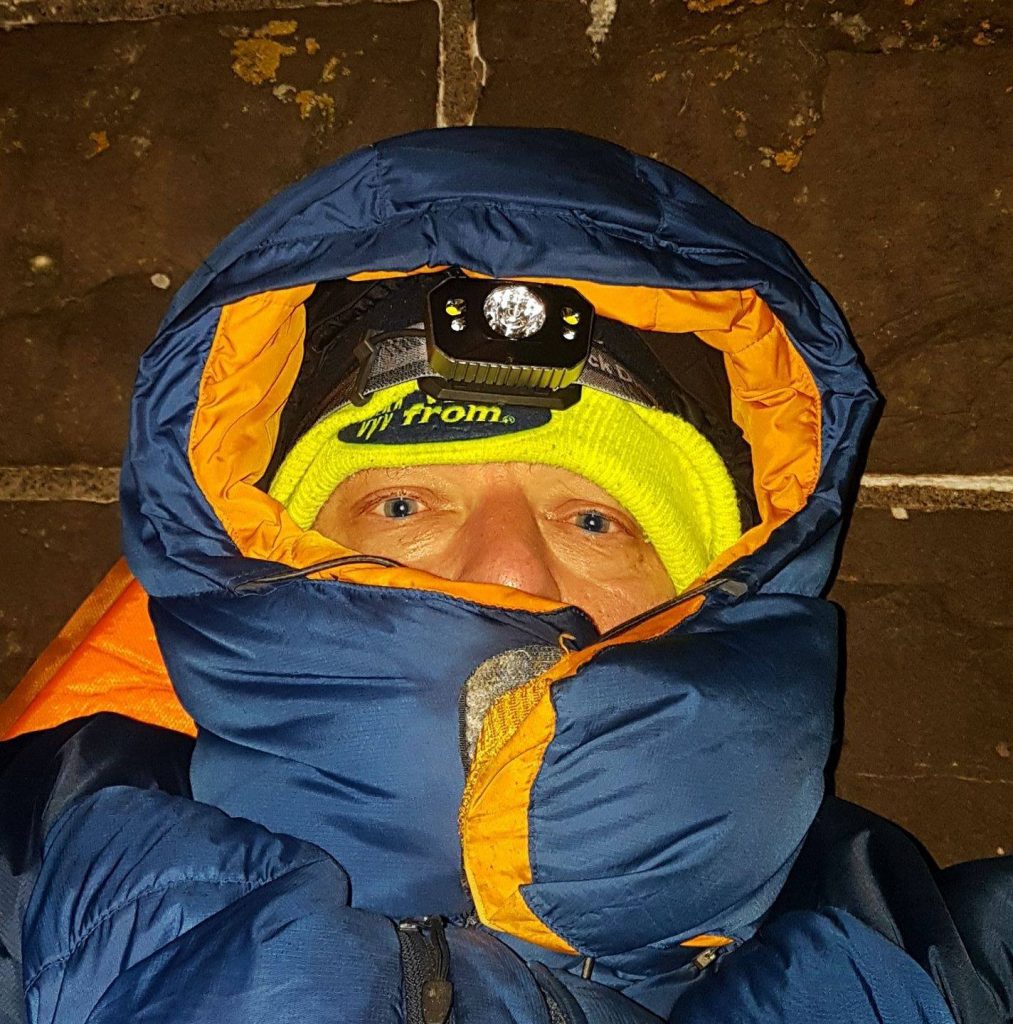
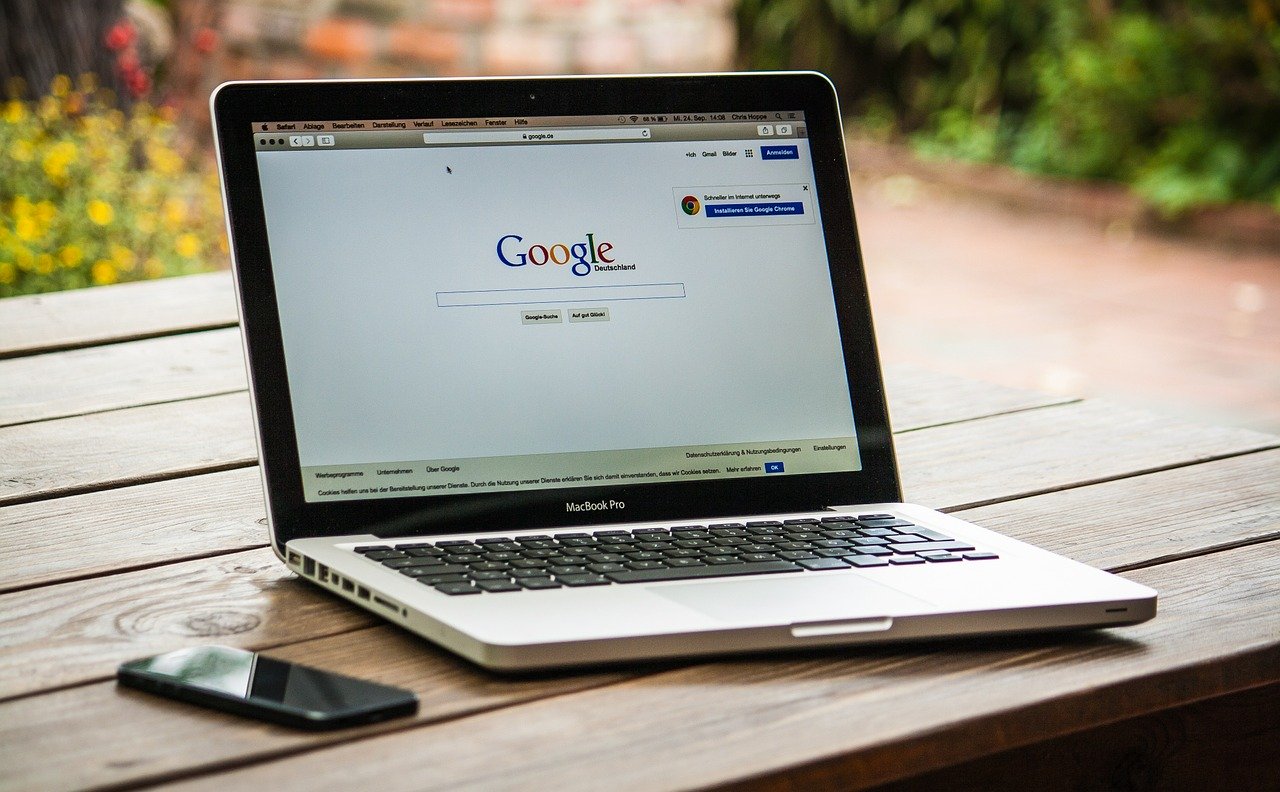



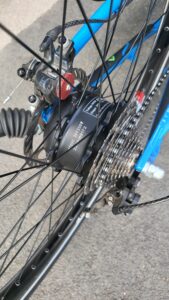
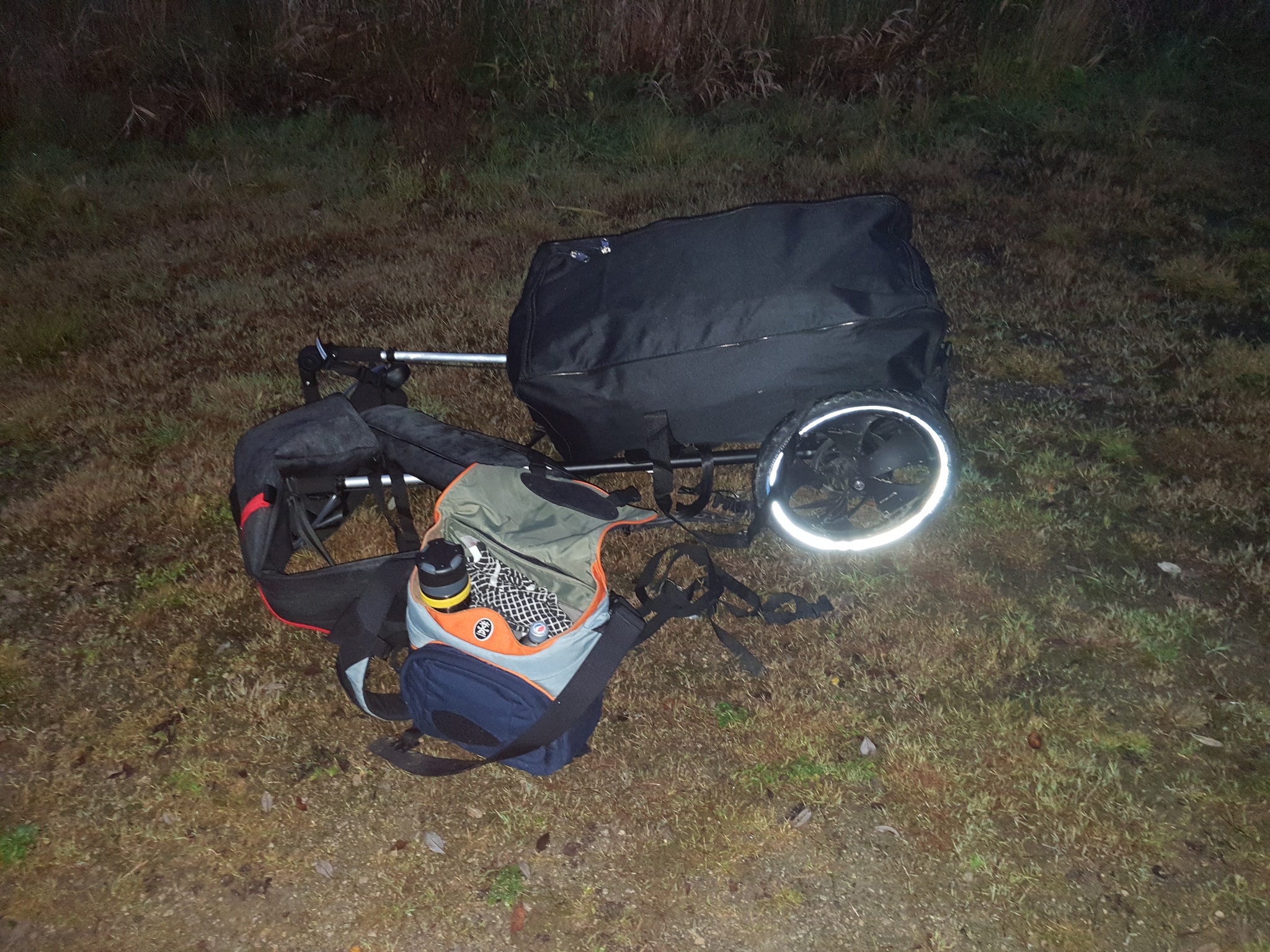
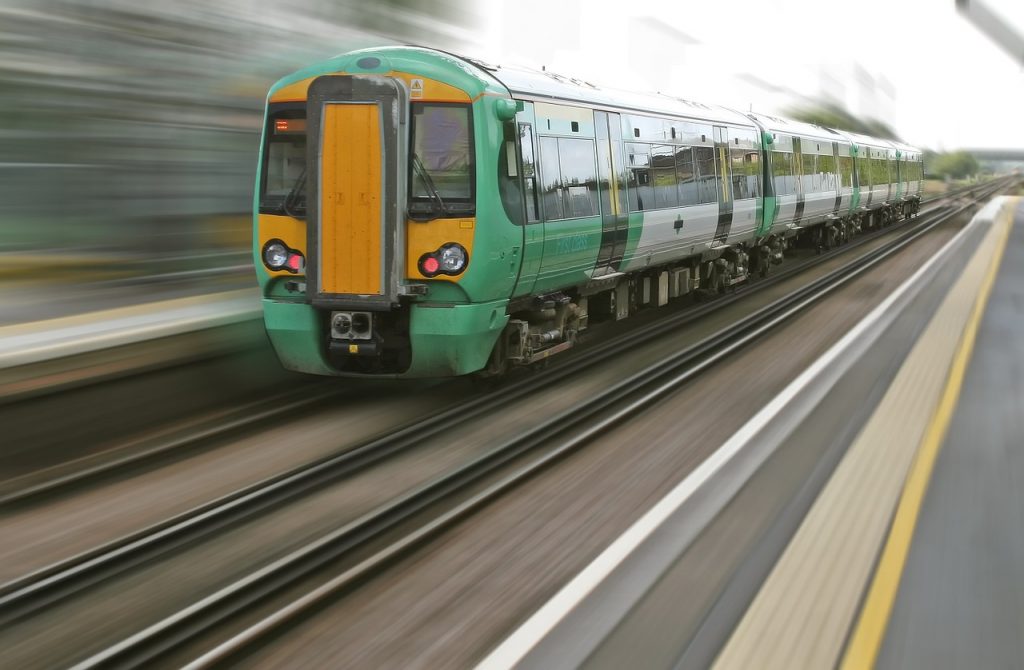
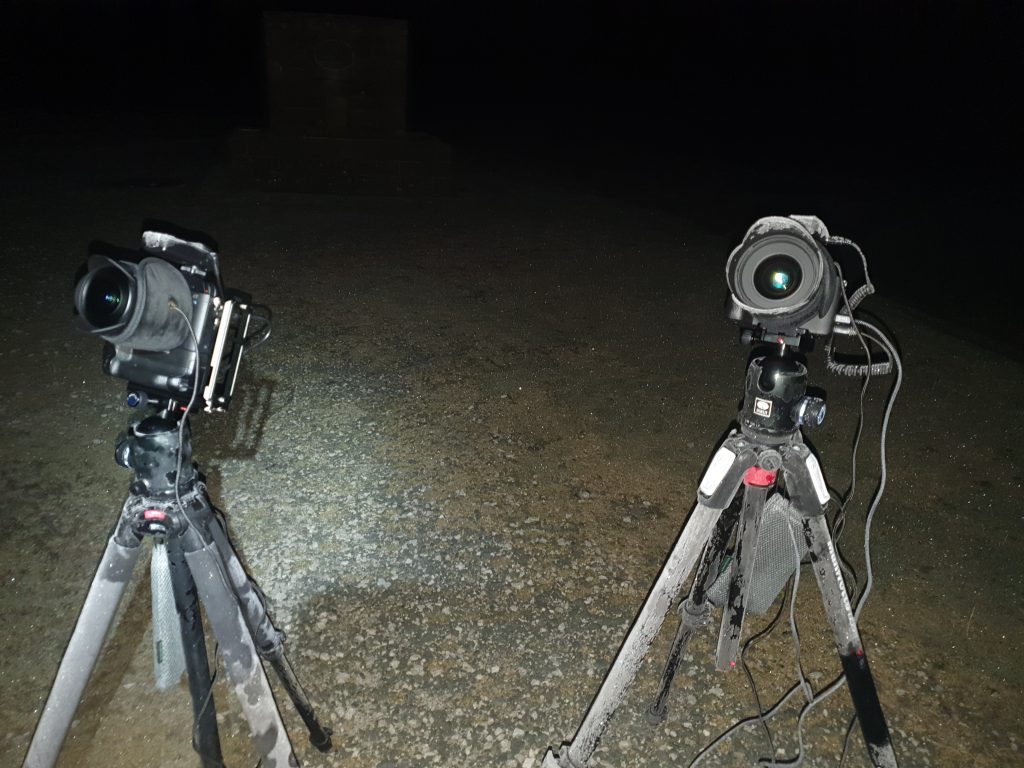


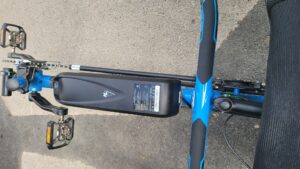
a productive night
One of the nice things about using standard off the shelf equipment is that it can be used for a variety of things. Typically, when I go out on a time lapse trip I will take two cameras, at least two tripods, 3 lenses with focal lengths of 12mm (fisheye), 24mm and 85mm, 2 wireless intervalometers, a “Holy Grail” intervalometer and if I’m planning on doing a sequence with camera motion a motorised camera slider with pan and tilt head (this can be set up on the ground or if there is long grass on two tripods). This means that during a long winters night I can shoot anything up to 6-8 short time lapse clips or 3-4 time lapse clips with one camera and 1 “Holy Grail” time lapse clip with the other (some of the clips can have motion with the camera if desired). Out of the non camera motion clips I can use the same data to make star trails and animated star trails (star trails cannot be made from camera motion clips). In between each time lapse clip I might do a few selfies with my head torch on and out of all the data I may select some individual shots for some nightscape images. So in one night I can acquire a variety of data which can then all be processed and made into one video. It is also not 100% essential that the sky is completely clear all the time as sometimes moving clouds can add a nice effect to the time lapse.
